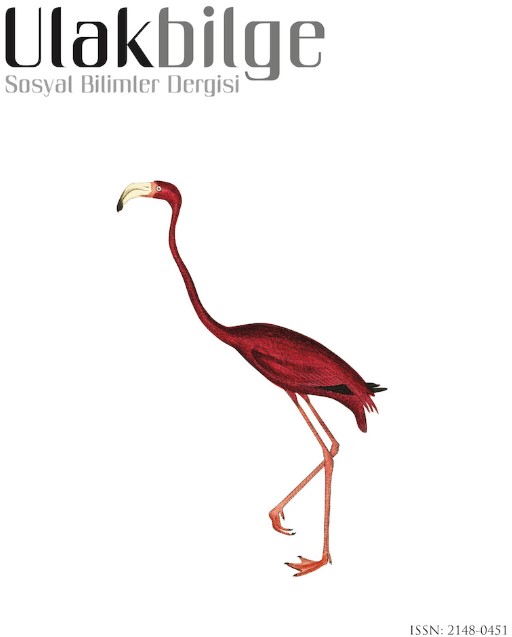DEMİR OKSİT İÇEREN SIRLAR
GLAZES CONTAINING IRON OXIDE
Author(s): Memduha Candan GüngörSubject(s): Archaeology, Cultural history, Visual Arts, History of Art
Published by: Sanat ve Dil Araştırmaları Enstitüsü
Keywords: Ceramic; Iron Oxide; Glaze; Celadon; Far East;
Summary/Abstract: On Earth, iron is dense enough to cover 7% of the Earth in various forms, and therefore it is the most common coloring oxide used in the world, and it can be concluded that the widespread use of iron in every ceramic tradition in the world is inevitable. Iron oxide can form compounds with oxygen in three ways: red iron oxide (Fe₂O₃), silvery gray magnetic iron oxide (Fe₃O₄) and black iron oxide (FeO). Iron oxide forms the basis of a wide range of colors in glaze, ranging from red, orange, yellow, green, blue and purple. Green and blue colors are obtained in a reducing atmosphere, while other colors are obtained in an oxidizing atmosphere. Glazes saturated with iron oxide create special effects as Temmoku glazes and Aventurine glazes. Glazes with high feldspar, less silica and very little (1% or 3%) iron oxide form a spectrum ranging from green-yellow, blue and brownish color tones called “Celadon” when fired in a reducing atmosphere. The celadon technique, which is famous in the world and has a privileged place among artistic glazes, was born in China and was called by the same name in Europe. In this article, general information about iron oxide and reducing media will be given, and glazes containing iron oxide will be emphasized. In addition, the productions in China, where celadon glaze was born, will be mentioned and information will be given from examples in other Far East countries, while theoretical information will be reinforced with relevant visuals.
Journal: Ulakbilge Sosyal Bilimler Dergisi
- Issue Year: 10/2022
- Issue No: 71
- Page Range: 279-289
- Page Count: 11
- Language: Turkish

